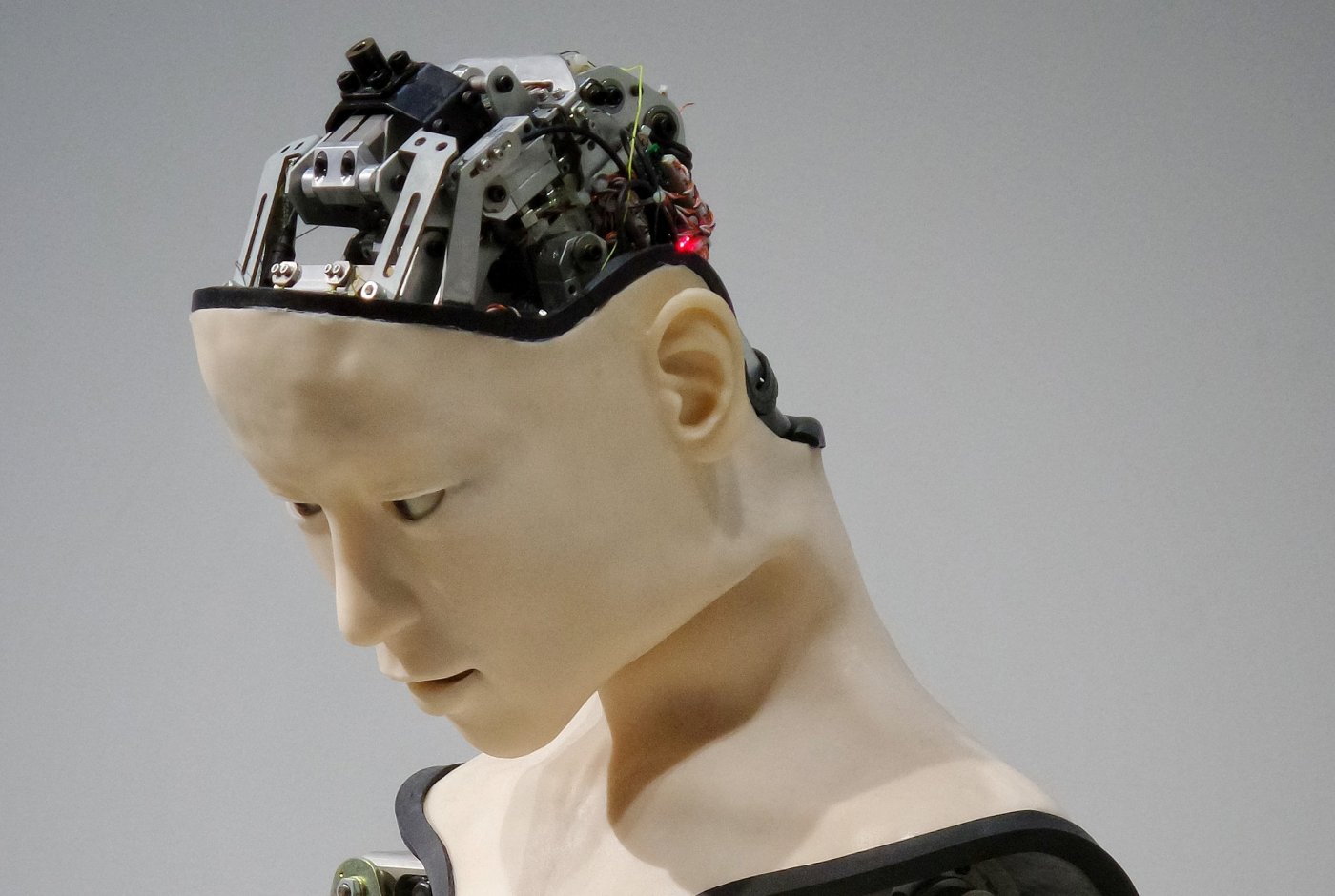
Nerd alarm: Artificial intelligence and large hot machines
Artificial Intelligence is not very intelligent in the human sense. For example, it is very difficult to learn to detect the difference between dogs and cats, much more difficult than a small human child who only needs to see one of each before it can detect the difference, whereas a computer must see several thousands of each species, and can still be wrong.
But does it really matter as long as the computer can help supplement us people with what we ourselves are not so good at or do not want to bother with, says Professor Anders Kofoed-Petersen, Deputy Director and Head of Data Science and Engineering Lab Management, Alexandra Institute and Professor of artificial intelligence at the Norwegian University of Science and Technology (NTNU) in Trondheim. According to him, we are already surrounded by artificial intelligence every single day, on the computer networks, in our phones and many other places and the future offers even more AI.
Anders Kofoed-Petersen's path to becoming a professor of artificial intelligence really started with a back injury, which meant he could not become a chef as he had otherwise planned. On the other hand, his entire life has been filled with computers, from the first 'bread box', a Commodore 64 to the shell of the supercomputer CRAY, which stands at his old institute in Trondheim, today with no inside and solely as a decorative piece of furniture.
Anders Kofoed-Petersen and Anders Kjærulff talk at length (in Danish) about computers and intelligence while being accompanied by various advertisements for the machines we have become accustomed to today, but which once represented the magical dream: an electronic brain.
Follow Science Stories on: iTunes, Spotify, Spreaker, Google Podcasts, YouTube, Twitter, Facebook, or Instagram.
More content here on:
- Anders Kofoed-Petersens profile at the Alexandra Institute
- Or at the NTNU (Norwegian University of Science and Technology)
- CRAY 2 i n 1986
- Steve Jobs presents the first Macintosh in 1984: